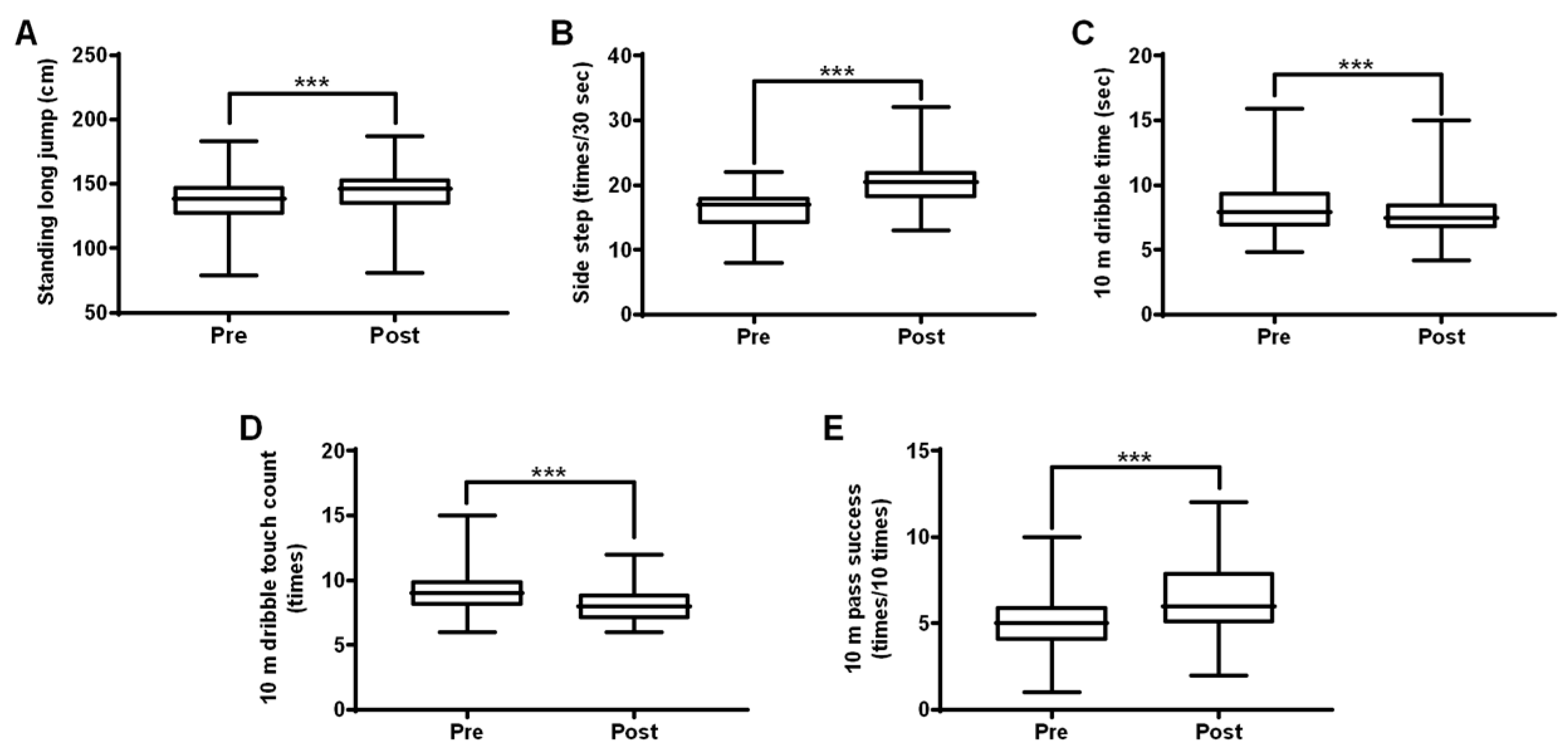

The nervous system does not supply you with all the information it gathers with its sensors throughout the body. The senses send your brain information about your environment, registering what changes and what doesn't. The brain purposely gives a sense of completeness of your sensory world to make you feel safer. Notice which type of sensory imagery feels least comfortable to you and gradually add these elements into your practice of imagery. This is not always easy, because most of us prefer to use imagery in one or two senses. By using many senses, you begin to enrich the image, which may make it more effective. If you imagine yourself standing under a waterfall, you may have the sensory experiences of seeing and feeling the water pouring down your body, hearing it thundering all around you, smelling its fresh scent, and tasting it in your mouth. A cook will most likely rely mostly on gustatory and olfactory modalities. A dancer may rely on auditory and kinesthetic imagery, an athlete on the combination of visual and kinesthetic imagery. This does not mean you should always use as many senses as possible when you use imagery rather, you should use only the ones that create the best results for you. Often the most powerful imagery is composed of several modalities that can occur simultaneously or in rapid order. A dancer or athlete may be strong and flexible, but if the sense of rhythm is awry, performance will suffer (MacPherson, Collins, and Obhi 2009). Imagining the rhythm can be very helpful in improving motor control and accelerating the learning movement.

Other sensory modalities include rhythm and timing. A dancer needs to be an expert at experiencing subtle shifts of weight, as does a gymnast, diver, and many other types of athletes. These are all perceptions that need to be distinguishable and imaginable if you are to improve your alignment and movement skills. Proprioception consists of the kinesthetic sense (movement), the sense of position, balance, muscle tension, gravity, and effort.

Proprioception and its subelements must be included in the list as separate sensory modalities. This list is not satisfactory for training alignment and for people involved in exercise, sports, and dance. Traditionally there are five senses: visual (seeing), auditory (hearing), tactile (touch), gustatory (taste), and olfactory (smell). But an image need not be visual it can be located in any one of your senses. When you hear the term imagery, you probably think of pictures in your mind's eye.


 0 kommentar(er)
0 kommentar(er)
